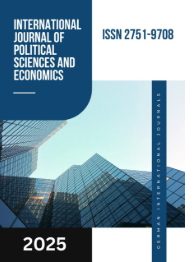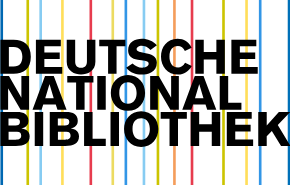ADDRESSING ENERGY EFFICIENCY CHALLENGES IN TELECOM NETWORKS WITH AI-OPTIMIZED BASE STATIONS
DOI:
https://doi.org/10.55640/Keywords:
5G, Energy Efficiency, Base Stations, AI Optimization, Reinforcement Learning, Green TelecomAbstract
The increasing energy consumption of telecom infrastructure, particularly 5G base stations, poses significant sustainability and cost challenges. This paper proposes an AI-driven optimization framework to reduce energy usage in base stations without degrading network performance. By integrating deep reinforcement learning (DRL) with real-time traffic analysis, the system dynamically manages transceiver states, beamforming patterns, and power levels. Simulation results show a 38% improvement in energy efficiency while maintaining over 95% QoS compliance, demonstrating the model's effectiveness in future green telecom networks.
References
1.M. A. Imran, A. B. M. Musa, R. Tafazolli, et al., "Energy efficiency analysis of the reference systems, areas of improvements and target breakdown," ICT-EARTH Project Deliverable, 2011.
2.A. Fehske, G. Fettweis, J. Malmodin, and G. Biczok, "The global footprint of mobile communications: The ecological and economic perspective," IEEE Communications Magazine, vol. 49, no. 8, pp. 55–62, Aug. 2011.
3.Z. Hasan, H. Boostanimehr, and V. K. Bhargava, "Green cellular networks: A survey, some research issues and challenges," IEEE Communications Surveys & Tutorials, vol. 13, no. 4, pp. 524–540, 2011.
4.M. A. K. A. Rahman and C. Despins, "AI-based power control for energy-efficient wireless networks: A reinforcement learning approach," IEEE Transactions on Green Communications and Networking, vol. 4, no. 4, pp. 934–945, Dec. 2020.
5.T. Chen, Y. Zhang, and K. Letaief, "Intelligent resource management for 5G and beyond: Recent advances and future directions," IEEE Wireless Communications, vol. 25, no. 5, pp. 102–110, Oct. 2018.
6.H. Ye, G. Y. Li, and B. Juang, "Deep reinforcement learning based resource allocation for V2V communications," IEEE Transactions on Vehicular Technology, vol. 68, no. 4, pp. 3163–3173, Apr. 2019.
7.3GPP TR 38.816 V17.0.0, "Study on energy efficiency enhancements for 5G NR," Technical Specification Group Radio Access Network, Dec. 2022.
8.S. K. Sharma and X. Wang, "Toward massive machine type communications in ultra-dense cellular IoT networks: Current issues and machine learning-assisted solutions," IEEE Communications Surveys & Tutorials, vol. 22, no. 1, pp. 426–471, Firstquarter 2020.
9.ITU-T Recommendation L.1470, "Energy efficiency metrics and measurement for telecommunication equipment," International Telecommunication Union, Geneva, 2020.
10.M. Chen, U. Challita, W. Saad, C. Yin, and M. Debbah, "Artificial neural networks-based machine learning for wireless networks: A tutorial," IEEE Communications Surveys & Tutorials, vol. 21, no. 4, pp. 3039–3071, 2019.
Published
Versions
- 2025-06-17 (2)
- 2025-06-13 (1)
Issue
Section
License

This work is licensed under a Creative Commons Attribution 4.0 International License.
Authors retain the copyright of their manuscripts, and all Open Access articles are disseminated under the terms of the Creative Commons Attribution License 4.0 (CC-BY), which licenses unrestricted use, distribution, and reproduction in any medium, provided that the original work is appropriately cited. The use of general descriptive names, trade names, trademarks, and so forth in this publication, even if not specifically identified, does not imply that these names are not protected by the relevant laws and regulations.







